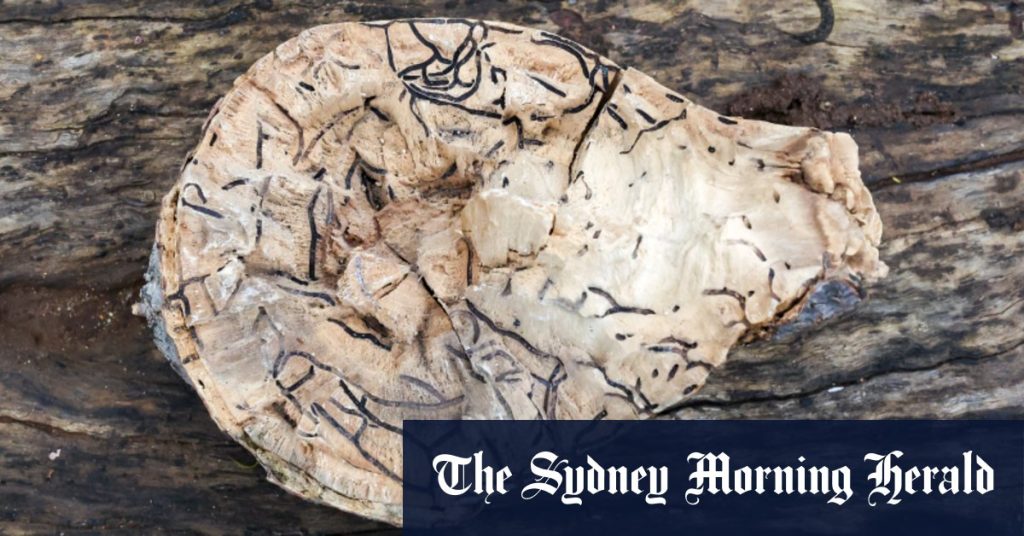The polyphagous shot-hole borer (PSHB) poses a significant threat to Western Australia’s unique flora, prompting a large-scale biosecurity operation aimed at eradicating the invasive pest. Premier Roger Cook has acknowledged the challenges ahead, describing the fight against the PSHB as a “tough battle” requiring substantial resources and a collaborative approach. The pest’s presence has already necessitated significant interventions, including tree removals in iconic locations like Kings Park, impacting public access and highlighting the seriousness of the situation.
The latest development in the ongoing battle against the PSHB involves the permanent closure of Lovers Walk, a popular trail within Kings Park. This closure comes as biosecurity personnel prepare for a second round of tree removals along the Mount Eliza escarpment, a critical habitat area within the park. The removal process, expected to last three weeks, targets trees infested by the PSHB. The removal of these trees will compromise the stability of the escarpment, making the permanent closure of Lovers Walk necessary for public safety. This closure follows a temporary closure of the same trail in August, implemented during the initial phase of tree removals after surveillance efforts confirmed the presence of the pest.
The PSHB, a tiny beetle native to Southeast Asia, poses a grave threat to a wide range of tree species. It bores into trees, creating galleries that disrupt the flow of nutrients and water, ultimately leading to the tree’s decline and death. The pest’s polyphagous nature, meaning it can infest many different tree species, makes it particularly dangerous. In Kings Park, a location renowned for its diverse collection of native and exotic flora, the PSHB’s presence raises serious concerns about the potential for widespread damage to the park’s valuable plant life. The vulnerability of Kings Park’s unique ecosystem underscores the urgent need for effective control measures.
The Western Australian government, in collaboration with the federal government, is committing significant funding and resources to combat the PSHB infestation. Premier Cook emphasized the importance of a coordinated national approach to contain and eradicate the pest. The scope of the response highlights the seriousness of the threat and the commitment to protecting Western Australia’s biodiversity. The ongoing efforts involve rigorous surveillance, targeted tree removals, and research into effective treatment strategies. The combined efforts aim to prevent the PSHB from spreading further and causing irreversible damage to the state’s natural environment.
The PSHB infestation poses a significant challenge not only to Kings Park but to the broader landscape of Western Australia. The potential for the pest to spread to other areas necessitates a proactive and coordinated response. The ongoing biosecurity operation underscores the importance of protecting the state’s unique flora from invasive pests. The collaborative efforts between state and federal governments, along with the involvement of various departments, demonstrate a commitment to addressing this critical biosecurity issue.
The fight against the PSHB is a long-term endeavor requiring sustained vigilance and ongoing research. While the current focus is on containment and eradication in affected areas like Kings Park, the broader strategy involves preventing the pest’s spread and developing effective long-term management strategies. The collaborative approach between governments and various departments highlights the recognition of the PSHB as a national biosecurity threat demanding a united front. The successful eradication of the PSHB is crucial for preserving Western Australia’s unique biodiversity and protecting its valuable natural resources for future generations.

